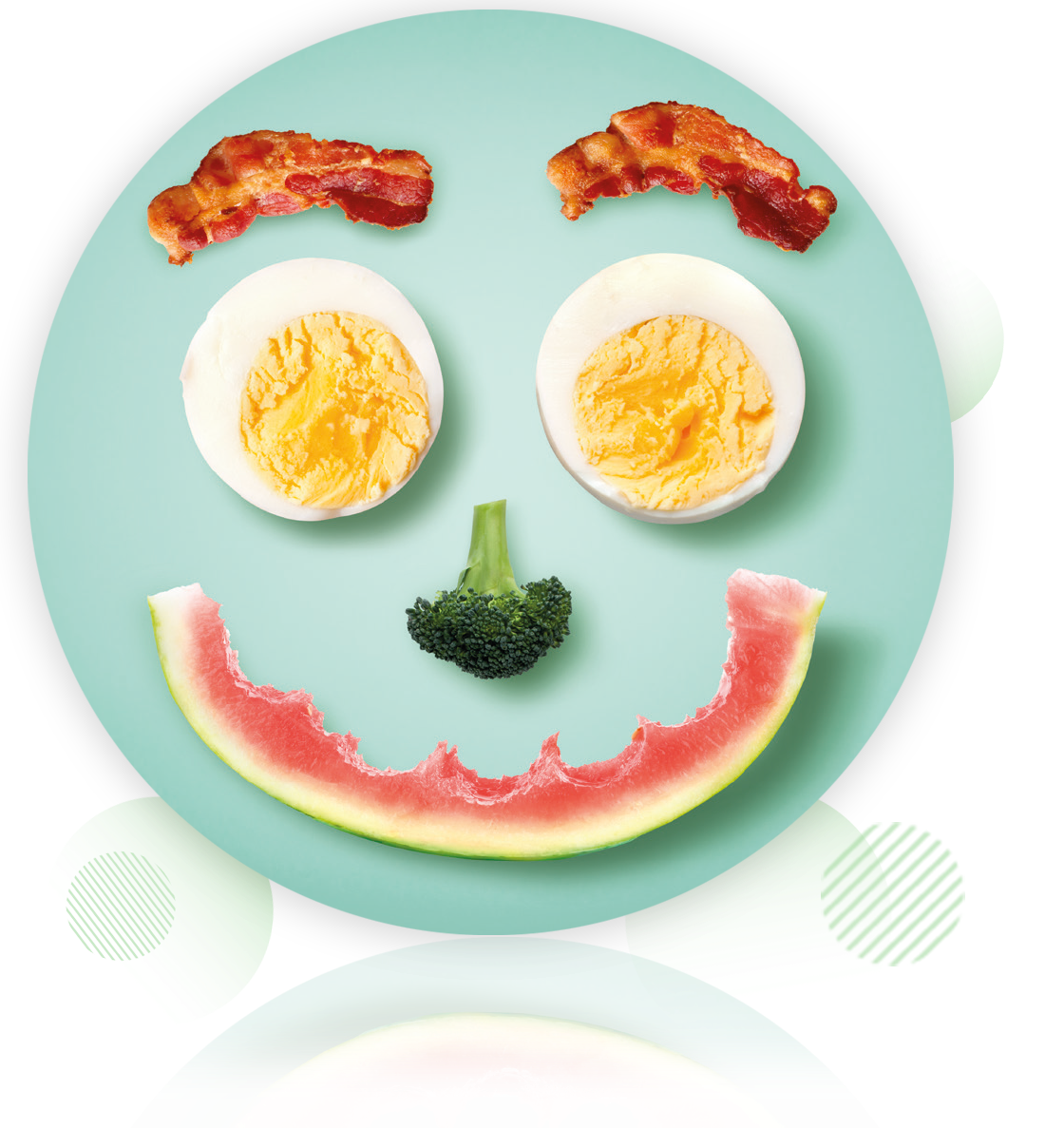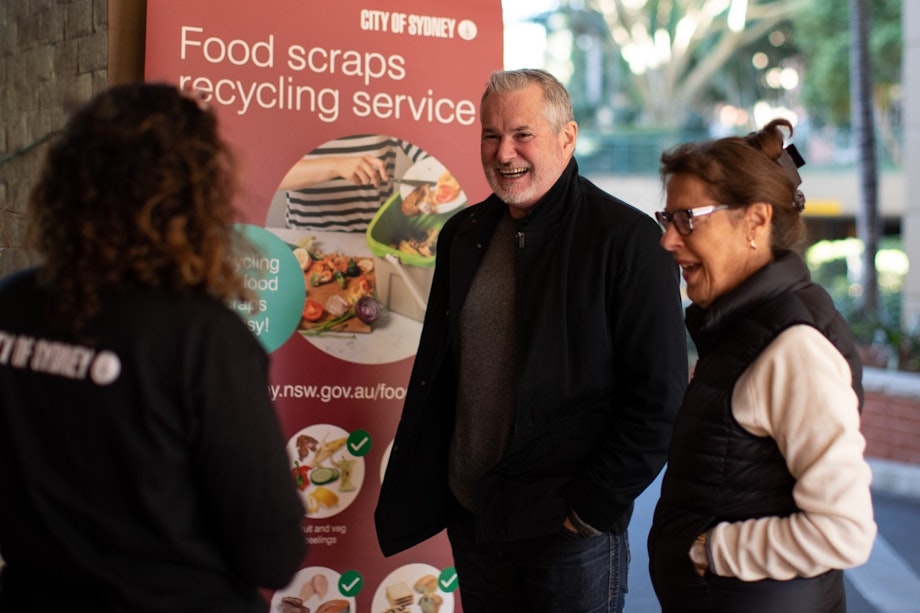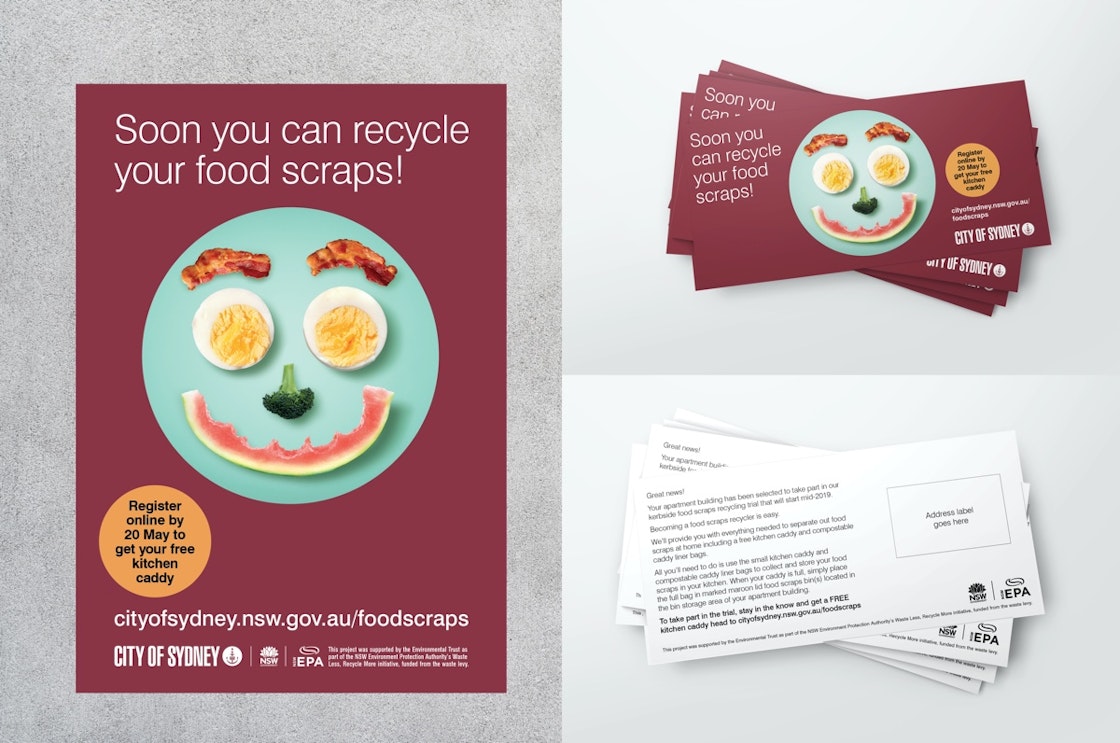Food scraps recycling trial
Food waste typically makes up one third of our residents’ rubbish bins. In 2019, the City launched a food scraps recycling trial to reduce waste to landfill and convert the scraps into green electricity and fertiliser.
The 12 month trial involved 330 houses and 53 apartment buildings across the city – a total of more than 4,300 households.These households were provided with a small kitchen caddy, a supply of compostable caddy liner bags, and a food scraps bin – everything needed to make recycling food scraps easy.

Our objectives
We were tasked with generating awareness and supporting the roll-out of this trial.
- Attract 400 sign-ups to be part of the trial
- Increase awareness of food scraps recycling
- Create a suite of support marcomms material to make it easy for participants to join and take part in the trial
We were tasked with generating awareness and supporting the roll-out of this trial.
- Attract 400 sign-ups to be part of the trial
- Increase awareness of food scraps recycling
- Create a suite of support marcomms material to make it easy for participants to join and take part in the trial

Who we targeted
- City of Sydney residents
- Building managers of multi-unit dwellings
- People interested in recycling, food waste and sustainability
Our approach
We focused on digital promotion to encourage participant sign ups. Our messaging used a number of the City’s (owned) channels including our corporate website, enewsletters, City of Sydney News and social media channels.
Paid digital activity, including Facebook posts, was extremely targeted and incorporated A/B message testing. Posts clicked through to various content articles aimed at creating awareness and interest with both trial participants and broader audiences.
A suite of collateral guided participants through the trial and included information session signage, postcards, educational flyers, posters and bin stickers.

Highlights
eligible submissions
(1,316 houses, 311 apartment buildings)
people reached online
unique page views
(expression of interest page)






